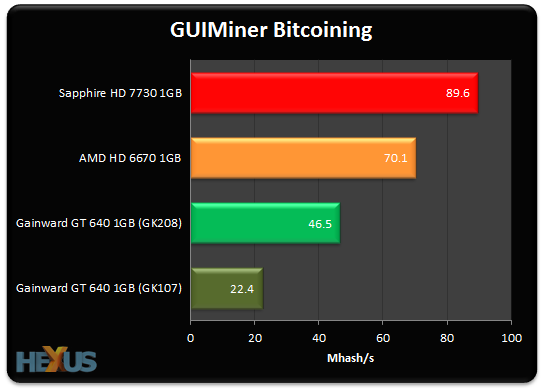iMacmatician
Regular
Before the 780 and 770 were released, I thought they would naturally release a dual-GK114/GK204 card as a 790. But due to the absence of a GK114/GK204 and the high TDP of the 770, I doubt there will be such a card. The best reason to have a 690 successor might be to have 4 GB VRAM per GPU (and I see no reason why that can't be done as a minor change to the existing 690). I'd even guess that a dual-GK110 at 375 W would be more likely than a dual-GK104 at 300 W. I'd say the most likely point for a dual-GPU in the next few years will be with 20 nm Maxwell.I'm not sure whether this has been discussed yet in this thread, so forgive me if this question has been answered, but does anyone predict a dual GPU 700 Kepler based card, IE a 790, or will Nvidia plow forward and release the Maxwell chips?
And that's before considering
the communication of Nvidia, like the 760-770 will be the 2 last of the 700 series


